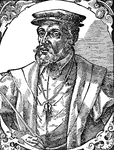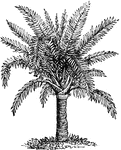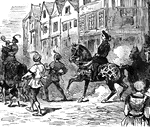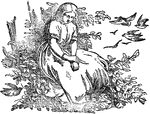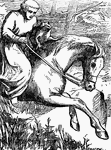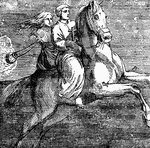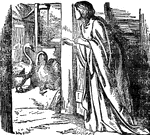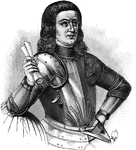
Martin Behaim
Martin Behaim (1459-1507), also known as Martin von Behaim and by various forms of Martin of Bohemia…
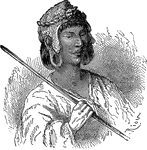
Manco Capac
An Inca Manco Capac, the first king of the Kingdom of Cuzco, according to Inca mythology.
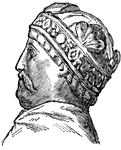
Charlemagne
He was born on April 2, 742, and was the eldest son of Pepin, the first king of the Franks, of the Carlovingian…
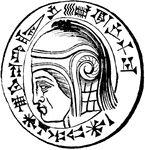
Nebuchadnezzar
"The most illustrious of Babylonian kings, was the son of Nabopolassar, the general of the Babylonian…

Rampant Lion
"The lion holds an important place among the animals born in coat-armor. As early as the 12th century,…
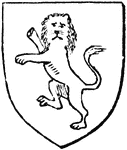
Gardant Lion
"The lion holds an important place among the animals born in coat-armor. As early as the 12th century,…
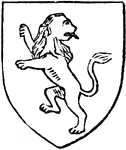
Rampant Regardant Lion
"The lion holds an important place among the animals born in coat-armor. As early as the 12th century,…

Passant Lion
"The lion holds an important place among the animals born in coat-armor. As early as the 12th century,…

Lion
"The lion holds an important place among the animals born in coat-armor. As early as the 12th century,…
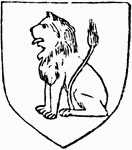
Lion
"The lion holds an important place among the animals born in coat-armor. As early as the 12th century,…

Pschent
A sovereign crown of Egypt, composed of the tall pointed miter, or white crown, of southern Egypt, combined…

Dannebrog
"The cross of the Danisn order of the Dannebrog, a white cross surmounting a red one, with the royal…

Crown
"The crown of William I and his successors was a plain circlet heightened with four spikes having trefoil…
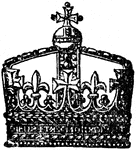
Crown
"Drawn from the royal achievement of Henry VII, sculptured with great spirit above the south entrance…

Aviz
"An order of knighthood in Portugal, instituted by Sancho, the first king of Portugal, in imitation…
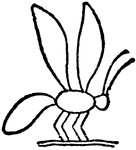
Bee Heiroglyph
"Sign of the king of Lower Egypt; from the coffin of Mykerinos, 1633 B.C." — The Encyclopedia…
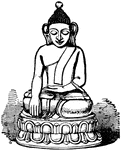
Buddha
"The sacred name of the founder of Buddhism, an Indian sage who appears to have lived in the 5th century…
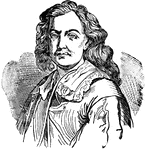
Murillo
"Murillo, Bartolomeo Esteban, the greatest of Spanish painters, was born at Seville in 1618. He received…

Rose Ryal
The front of a Rose Royal coin. It is a very rare English gold coin in the righ of King James 1. Worth…
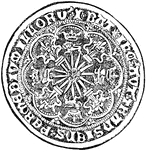
Rose Ryal
The rear of a Rose Royal coin. It is a very rare English gold coin in the righ of King James 1. Worth…
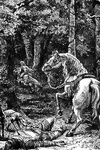
Death of William Rufus
The death of William Rufus, the third son of William the Conqueror and King of England from 1087 until…
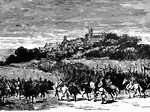
William Rufus II
He is sometimes called the Red King, but more commonly William Rufus. Things went worse than ever with…
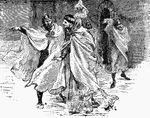
Stephen
Stephen, who was a kind-hearted man himself, tried to stop these cruelties; but then the barons turned…

Thomas A-Becket
The Archbishop of Canterbury, Thomas A. Becket, did not think it was right to consent to a law that…

Richard Removing the Archduke's Banner
During one of King Richard the Lion-Heart's crusades the city of Acre was taken over and a prince, Leopold,…
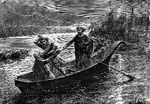
Murder of Prince Arthur
As a kind of joke, John, King Henry's youngest son, had been called Lackland, because he had nothing…
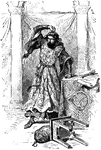
John's Anger after Signing Magna Charta
All this time John Lacklands cruelty and savageness were making the whole kingdom miserable; and at…

King Henry and His Barons
King Henry was a builder of beautiful churches. Westminster Abbey, as it is now, was one. And he was…
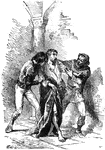
Edward II. And His Jailers
King Edward II was sent to prison for neglecting his Queen and fooling around with other men.
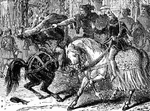
Death of Wat Tyler
Wat Tyler, while talking to the King, grew violent, forgot to whom he was speaking, and laid his hand…

Henry VII
Known greatly as the king of hearts, or the man of ruthless wonder, Henry was born in Pembroke Castle,…
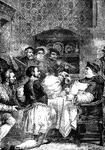
Cardinal Wolsey Served by Noblemen
When Henry VIII became king in 1509, Wolsey's affairs prospered. He became Canon of Windsor, Berkshire…
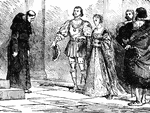
Henry the VIII and His Wives
Henry VIII was married six times during his life. First, to Catherine of Aragon, Anne Boleyn, Jane Seymor,…

Edward VI. Writing His Journal
Edward VI became King of England and Ireland on January 28, 1547, at just nine years of age. Edward,…

Philip II
Philip sought an alliance with the Kingdom of England, marrying the Catholic Queen Mary I of England…
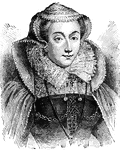
Mary Queen of Scots
Mary, Queen of Scots (1542 – 1587), also known as Mary Stuart or Mary I, reigned over Scotland from…
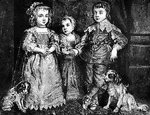
Death of Charles I
The King's trial (on charges of high treason and "other high crimes") began on January 2, but Charles…

Execution of King Charles
When Charles was beheaded on January 30, 1649, Phillip Henry records that a moan was heard from the…
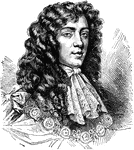
Geoffrey of Monmouth
(1100-1155) A famous clergyman and a major figure in the development of British history.
